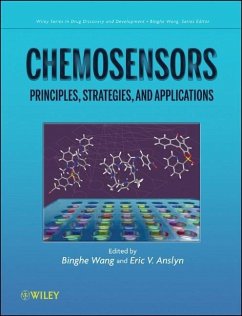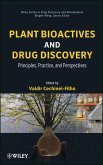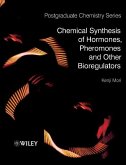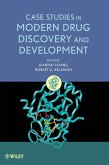Chemosensors-organic molecules designed to bind and sense small molecules or metal ions-function as molecular-level sensors that generate a signal upon binding. Providing a comprehensive background on chemosensors and their synthesis, design, and applications for detecting biological and metal molecules, Chemosensors: Principles, Strategies, and Applications compiles information on sensor design in a single, accessible source. The text highlights applications in drug discovery and catalysis that have not been as well-covered elsewhere, making this an indispensable source of information for chemical, biomedical, and molecular analysts using sensors.
A thorough, accessible, and general overview of chemosensors Providing a comprehensive overview of chemosensors?organic molecules designed to bind and sense small molecules or metal ions?and their applications, Chemosensors: Principles, Strategies, and Applications is an accessible one-stop resource for analysts, clinicians, and graduate students studying advanced chemistry and chemosensing. Chemosensors function on a molecular level, generating a signal upon binding. The book reviews their synthesis, design, and applications for detecting biological and organic molecules as well as metal ions. The text highlights applications in drug discovery and catalyses that have not been well covered elsewhere. Covering such topics as molecular recognition, detection methods, design strategies, and important biological issues, the book is broken into four sections that examine intermolecular interactions, strategies in sensor design, detection methods, and case studies in metal, saccharide, and amino acid sensing. An indispensable source of information for chemical and biomedical experts using sensors, Chemosensors includes case studies to make the material both accessible and understandable to chemists of all backgrounds.
Hinweis: Dieser Artikel kann nur an eine deutsche Lieferadresse ausgeliefert werden.
A thorough, accessible, and general overview of chemosensors Providing a comprehensive overview of chemosensors?organic molecules designed to bind and sense small molecules or metal ions?and their applications, Chemosensors: Principles, Strategies, and Applications is an accessible one-stop resource for analysts, clinicians, and graduate students studying advanced chemistry and chemosensing. Chemosensors function on a molecular level, generating a signal upon binding. The book reviews their synthesis, design, and applications for detecting biological and organic molecules as well as metal ions. The text highlights applications in drug discovery and catalyses that have not been well covered elsewhere. Covering such topics as molecular recognition, detection methods, design strategies, and important biological issues, the book is broken into four sections that examine intermolecular interactions, strategies in sensor design, detection methods, and case studies in metal, saccharide, and amino acid sensing. An indispensable source of information for chemical and biomedical experts using sensors, Chemosensors includes case studies to make the material both accessible and understandable to chemists of all backgrounds.
Hinweis: Dieser Artikel kann nur an eine deutsche Lieferadresse ausgeliefert werden.








